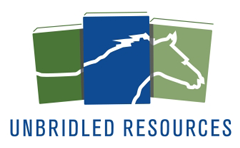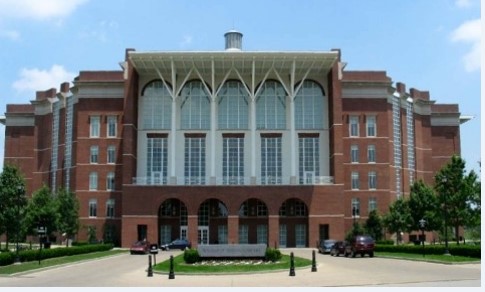Location
Deauville Room
Document Type
Presentation
Start Date
13-5-2019 1:00 PM
End Date
13-5-2019 1:50 PM
Description
When vinegar syndrome threatened to destroy microfilm containing a vast trove of history, Murray State University Libraries quickly responded. The microfilm--which included one of the broadest collections of local and regional newspapers in the Jackson Purchase area, as well as birth, marriage, and death certificates from Calloway and surrounding counties--was sent to a commercial vendor for digitization with the intention of archiving and making the contents accessible through the institutional repository, Digital Commons. Today, that microfilm is transitioning from moldering in closed stacks to becoming widely accessible to a global pool of researchers.
Presenters will examine the history and logistics of our digitization process; delineate the staffing, workflow, progress and setbacks relating to creating and ingesting the metadata for each issue; and explore how collaboration across departments was key to the successful implementation of the project. Discussions will conclude with some of the unexpected benefits of the project, including classroom applications, the accessibility of the collection to historians and genealogists, and how the project might encourage deeper dives into other collections.
Included in
Local History Unbridled: Anecdotal Reflection in Bringing Digitized Microfilm to Digital Commons
Deauville Room
When vinegar syndrome threatened to destroy microfilm containing a vast trove of history, Murray State University Libraries quickly responded. The microfilm--which included one of the broadest collections of local and regional newspapers in the Jackson Purchase area, as well as birth, marriage, and death certificates from Calloway and surrounding counties--was sent to a commercial vendor for digitization with the intention of archiving and making the contents accessible through the institutional repository, Digital Commons. Today, that microfilm is transitioning from moldering in closed stacks to becoming widely accessible to a global pool of researchers.
Presenters will examine the history and logistics of our digitization process; delineate the staffing, workflow, progress and setbacks relating to creating and ingesting the metadata for each issue; and explore how collaboration across departments was key to the successful implementation of the project. Discussions will conclude with some of the unexpected benefits of the project, including classroom applications, the accessibility of the collection to historians and genealogists, and how the project might encourage deeper dives into other collections.



